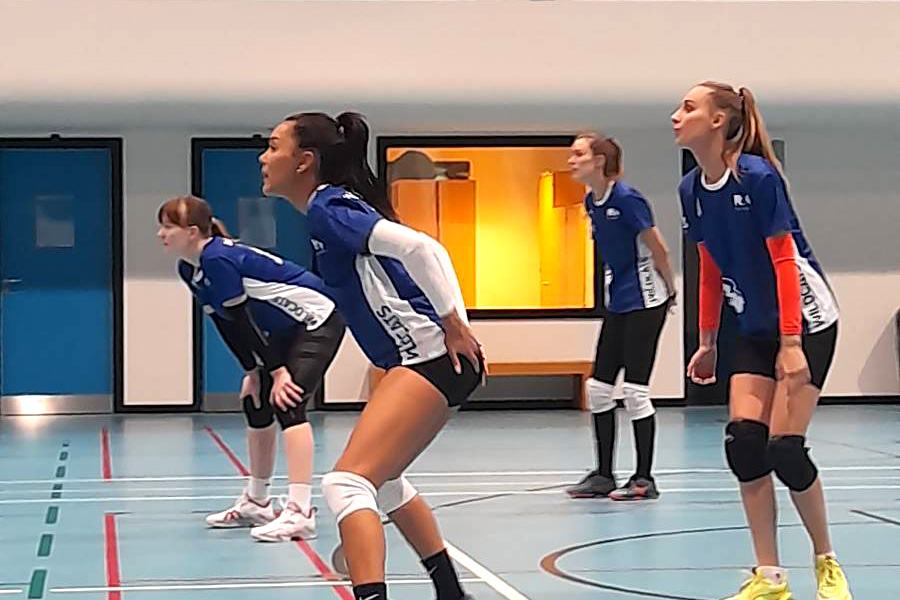Membership Terms:
- Membership Fees: Membership fees are payable in advance and are non-refundable. Clients must pay their fees on time to maintain their membership status.
- Membership Duration: Memberships are valid for a specified duration as stated in the membership agreement. Memberships may be renewed upon expiration, subject to availability.
- Cancellation Policy: Clients may cancel their membership by providing written notice to the academy. However, no refunds will be provided for any remaining membership period.
- Use of Facilities: Members have access to the academy's facilities during designated hours, subject to availability. Members must adhere to all academy rules and guidelines for facility use.
- Safety Protocols: Members must follow all safety protocols set by the academy, including wearing appropriate attire and using equipment properly.
- Coaching Sessions: Members may participate in coaching sessions according to their membership level and availability.
- Code of Conduct: Members must follow the academy's code of conduct at all times.
- Insurance: Members are responsible for their own personal injury or property damage insurance.
- Changes to Membership Terms: The academy may change membership terms and conditions at any time, with reasonable notice provided to members.
- Termination of Membership: The academy may terminate a membership for breach of membership terms, inappropriate behavior, or failure to comply with the academy's rules and guidelines.
By completing registration, you acknowledge that you have read and fully understand its contents, and agree to follow all membership terms and conditions set by the academy.
Client Code of Conduct:
At our volleyball academy, we take the safety and well-being of our clients seriously. We expect all clients to follow our rules and guidelines to ensure a safe and positive environment for all.
- Respect the coaches, staff, and other clients. Treat everyone with kindness, fairness, and respect.
- Follow all rules and guidelines set by the academy. This includes following safety protocols, wearing appropriate attire, and using equipment properly.
- Attend sessions on time and ready to participate. If you are unable to attend a session, please inform the academy as soon as possible.
- Avoid using profanity, engaging in inappropriate behavior, or disrupting the training sessions in any way.
- Keep the facilities clean and tidy. Dispose of trash properly and leave the facilities in the same condition as you found them.
- Maintain proper hygiene. This includes wearing clean and appropriate attire, using deodorant, and washing hands before and after sessions.
Failure to adhere to the above code of conduct may result in disciplinary action, including suspension or termination of training services.
By completing registration, you acknowledge that you have read and fully understand contents, and agree to follow all rules and guidelines set by the academy.
Indemnity Waiver:
By using our volleyball academy facilities, you acknowledge that the sport of volleyball carries inherent risks of injury. You understand that our academy takes every reasonable precaution to ensure the safety of our clients, but that accidents can still occur despite our best efforts.
In consideration of your use of our facilities and participation in our programs, you agree to waive and release any and all claims for personal injury, property damage, or other loss that may arise from your use of our facilities or participation in our programs or events. You agree to hold our volleyball academy, its directors, coaches, and staff harmless from any and all claims, suits, or actions arising from your use of our facilities or participation in our programs or events.
You further confirm that you have adequate and relevant insurance coverage for your use of our facilities and participation in our programs, and agree to provide proof of such insurance upon request. You understand that it is your responsibility to ensure that you are covered by adequate insurance at all times while using our facilities and participating in our programs.
By completing registration, you acknowledge that you have read and fully understand contents, and that you are agreeing to release our volleyball academy from any and all liability for injury or loss that may occur while using our facilities or participating in our programs or events.

